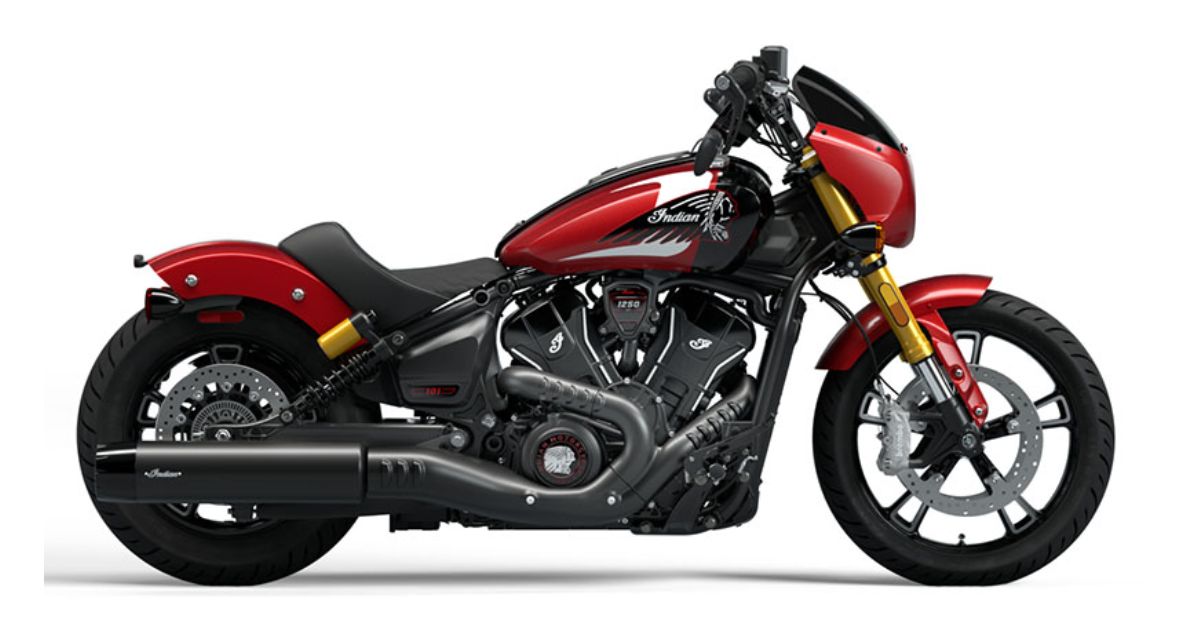Few motorcycles have left as enduring a mark on the world of motorcycling as the Indian 101 Scout. Born in an era of innovation and bold design, the Scout 101 isn’t just a machine — it’s a symbol of American craftsmanship, performance, and rebellion. Nearly a century after its first appearance, it remains one of the most revered and collectible motorcycles ever built.
The Birth of a Legend
The Indian 101 Scout was introduced in 1928 by the Indian Motorcycle Company, originally based in Springfield, Massachusetts. At the time, Indian was already a heavyweight in the American motorcycle scene, battling it out with Harley-Davidson for dominance. The 101 Scout was designed to be a successor to the earlier Scout models but with one key difference — it was engineered to be lighter, faster, and more agile.
Much of the credit goes to Charles B. Franklin, the brilliant engineer behind the 101 Scout. Franklin, a former motorcycle racer, understood what riders wanted: performance, durability, and handling. The result was a bike that quickly gained a reputation not only for its technical excellence but for its raw rideability.
Key Features and Specs
At its core, the Indian 101 Scout was built around a 618cc or 745cc V-twin side-valve engine — depending on the variant — capable of producing around 18–20 horsepower. That may not sound like much today, but in the late 1920s and early 1930s, this was serious power. It gave the Scout a top speed approaching 80 mph, which was exceptional at the time.
The low-slung frame, long wheelbase, and well-balanced chassis made the 101 Scout a dream to ride. It was widely regarded as the best-handling motorcycle of its era — stable on straights, responsive in corners, and comfortable enough for long-distance rides.
Built for the Outlaw and the Adventurer
The 101 Scout quickly became the weapon of choice for stunt riders, racers, police departments, and even a few outlaws. One of the most famous fans of the Scout was the legendary daredevil “Cannonball” Baker, who set numerous cross-country speed records on Indian motorcycles.
But perhaps the most iconic user of the 101 Scout was Burt Munro, the New Zealander immortalized in the film The World’s Fastest Indian. Although his heavily modified bike was a 1920 Scout, it shared the DNA of the 101 series and showed just how far these machines could be pushed with the right vision and tenacity.
The Scout was also a favorite among Wall of Death riders, who needed a bike that was lightweight, durable, and could withstand the G-forces of vertical riding. The 101’s legendary frame geometry and power-to-weight ratio made it perfect for these gravity-defying spectacles.
A Short-Lived Glory
Ironically, despite all its brilliance, the Indian 101 Scout had a short production run — just from 1928 to 1931. When the Great Depression hit, Indian was forced to consolidate its lineup and cut production costs. The 101 was replaced by a heavier model that shared parts with other Indian motorcycles, much to the disappointment of purists.
Even though its time was brief, the 101 Scout left an indelible mark. Collectors and historians agree that it was one of the finest motorcycles Indian ever made — if not the finest. Today, original examples in good condition are highly sought-after and can fetch high prices at auctions and vintage motorcycle shows.
Legacy and Modern Influence
The spirit of the 101 Scout lives on. When Indian Motorcycle was revived in the 21st century — now under Polaris ownership — the company made a conscious decision to channel the legacy of the original Scout into its modern models. The current Indian Scout lineup, introduced in 2015 and continually updated, pays homage to the 101 with its low-slung frame, V-twin engine, and emphasis on performance and style.
While modern Scouts are thoroughly contemporary in engineering, they carry the same ethos: freedom, performance, and individuality.
Final Thoughts
The Indian 101 Scout is more than just a piece of machinery. It represents a golden age of motorcycle design — a time when innovation met art, and function met form. Its balance of speed, handling, and beauty made it a standout in its day and a legend ever since.
For collectors, riding enthusiasts, or anyone passionate about motorcycle history, the 101 Scout remains a benchmark. Not just for what it achieved in its own time, but for how its influence still echoes in every twist of the throttle today.

